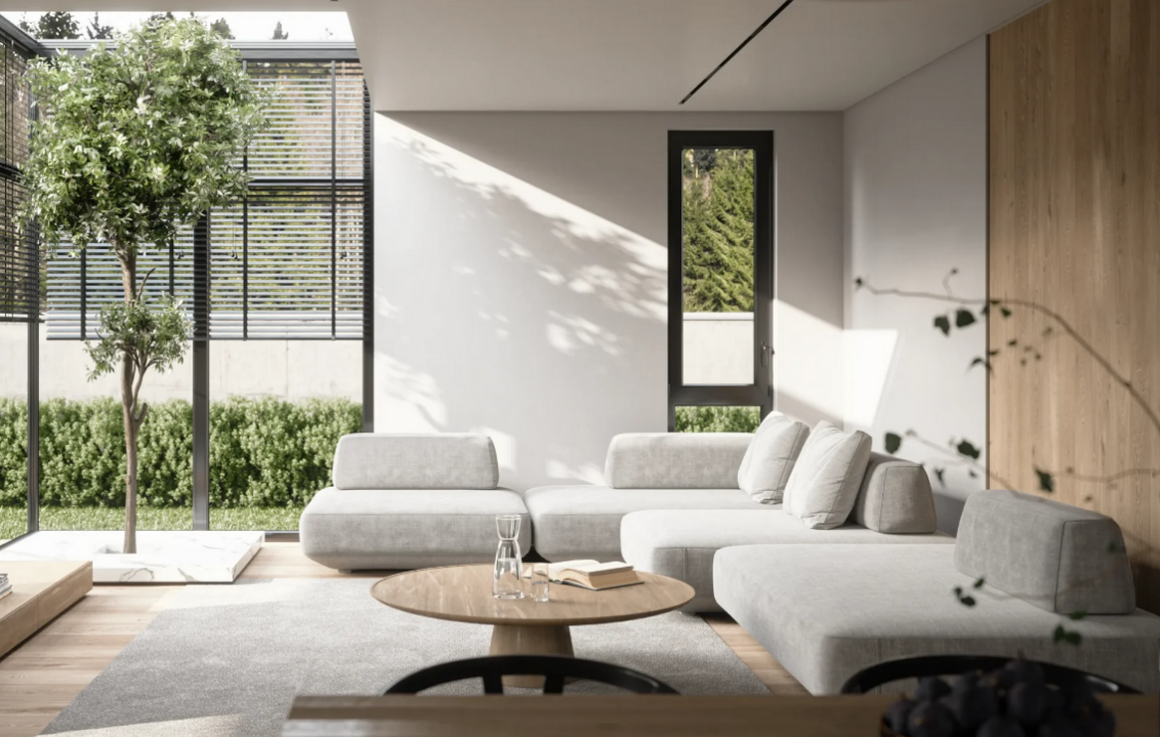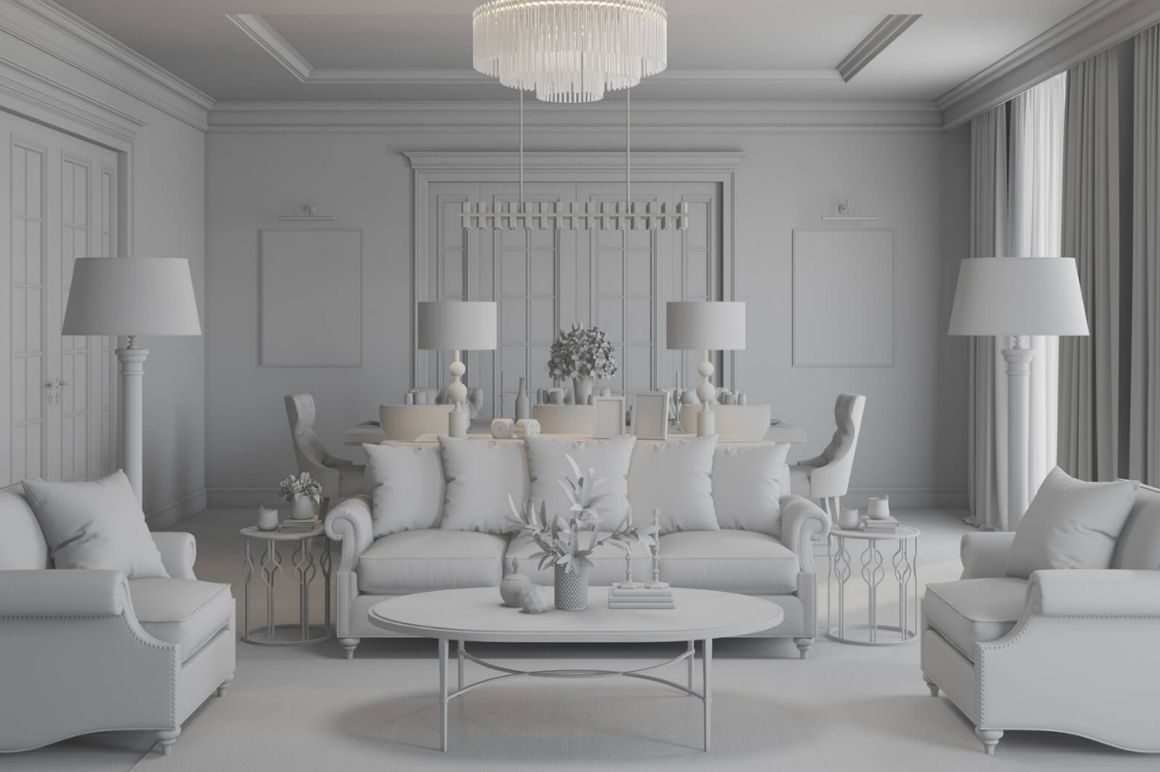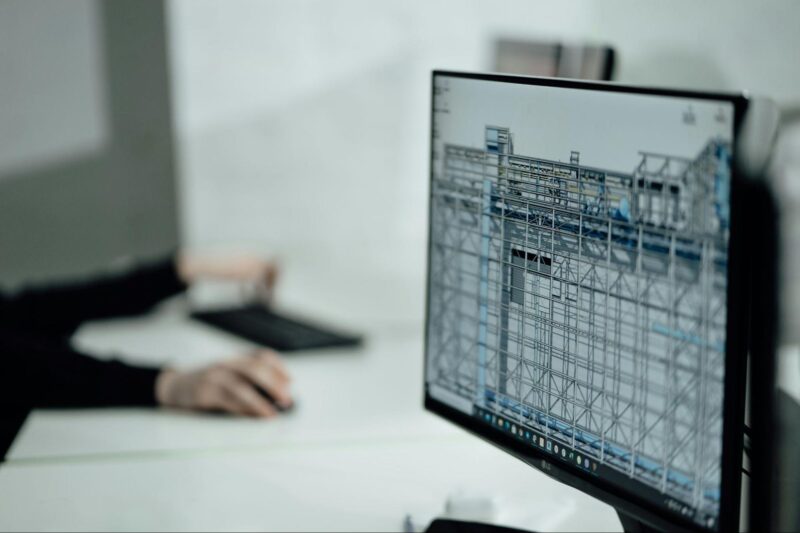Rendering services are fundamentally transforming the landscape of interior design, leveraging the power of advanced technology to enhance visualisation, streamline processes, and foster creativity.
These services have replaced traditional, more labor-intensive techniques with efficient, precise, and visually stunning digital models, revolutionising how designers conceptualise, communicate, and execute their projects.
By enabling a more immersive exploration of design possibilities, rendering services empower designers and clients to experiment with spaces in ways previously unimaginable.
This technological evolution facilitates a level of design detail and client involvement that sets new standards for the industry, ensuring every project can be tailored precisely to meet the unique needs and visions of its stakeholders.
The Transformation Brought by Rendering Services

Improved Visualisation and Communication
In the past, interior designers relied on sketches and physical samples to convey their ideas. However, rendering services now allow them to create models of their designs, giving both designers and clients a clear view of the space before any physical work begins.
This not only enhances communication by providing a visual language but also speeds up feedback and decision-making processes, resulting in greater client satisfaction.
Simplified Design Process
Rendering services streamline the design process by combining tasks into one workflow. Designers can quickly explore concepts, test layouts, and materials and make adjustments effortlessly. The flexibility of renderings reduces the necessity for prototypes and samples, resulting in saved time and decreased costs during the design phase.
Accuracy and Personalisation
The precision offered by representations guarantees that every aspect of a design, from measurements to material textures, is portrayed with meticulous detail. This accuracy plays a role in projects where precise fit and finish are essential.
Moreover, rendering services allow for experimentation with materials and finishes, enabling innovative and customised design solutions.
Efficiency in Cost and Time

By detecting issues in the design process, rendering services can lead to significant time and cost savings. Design modifications can be made digitally eliminating the need for changes later on. This efficiency also extends to the construction stage, as renderings help to ensure project progress without unforeseen obstacles.
Client Engagement through Marketing
In addition to aiding in the design process, rendering services serve as marketing assets. High-quality visuals can be utilised to exhibit a designer’s portfolio, attract clients, and showcase projects across platforms. The vibrant and captivating visuals and guided tours establish a bond with clients showcasing the designer’s vision and skills compellingly.
The Evolution of Interior Design through Rendering Services
With the advancements in rendering technology, its integration into design is set to deepen further. Exciting innovations like augmented reality are on the horizon, promising immersive experiences that will bridge the gap between concepts and reality even more effectively.
Designers will have an array of tools at their disposal to push boundaries and cater to clients’ desires, making interior design more accessible, vibrant, and aligned with aspirations than ever before.
Conclusion

In summary, rendering services are not merely a trend but a fundamental element of modern interior design. They enable designers to achieve precision, efficiency, and creativity levels, revolutionizing how spaces are envisioned and brought to life.
Embracing these technologies is crucial for designers and clients to unlock the potential of their collaborative endeavors, ensuring that each project is as flawless in execution as it is ambitious in conception.


